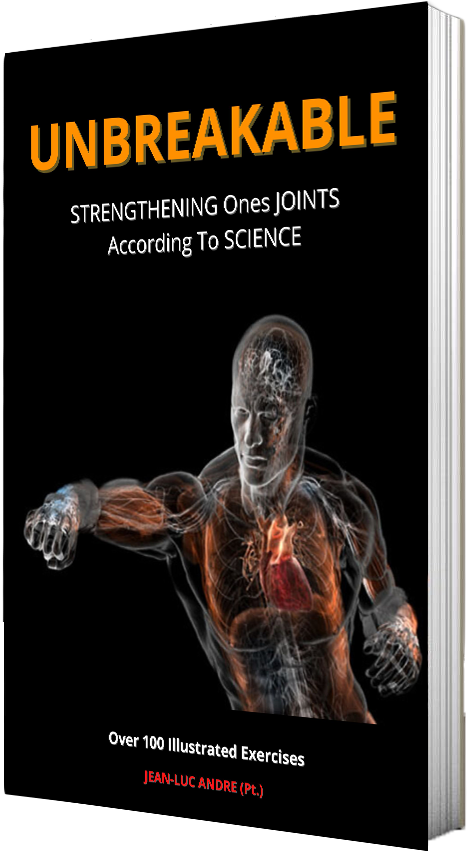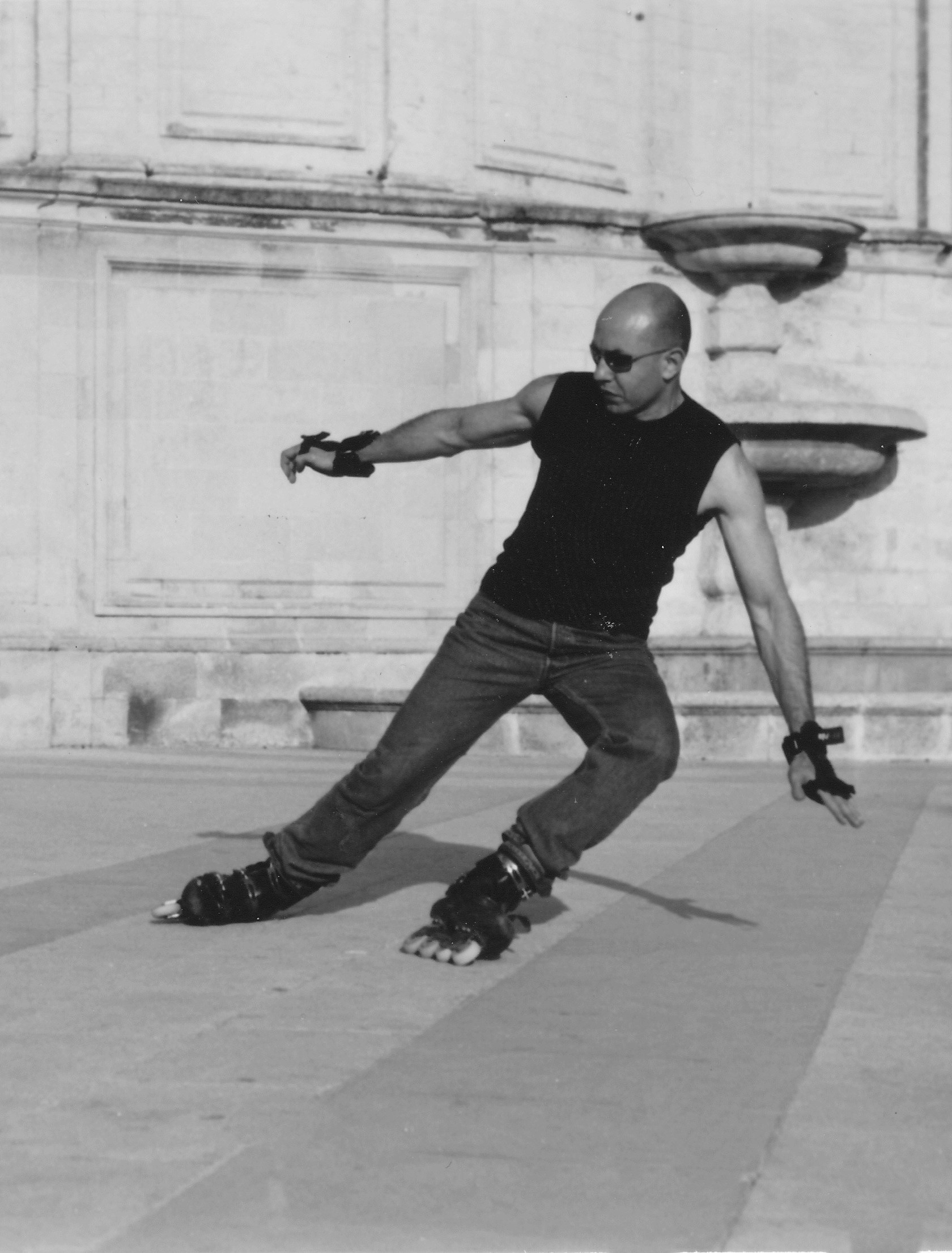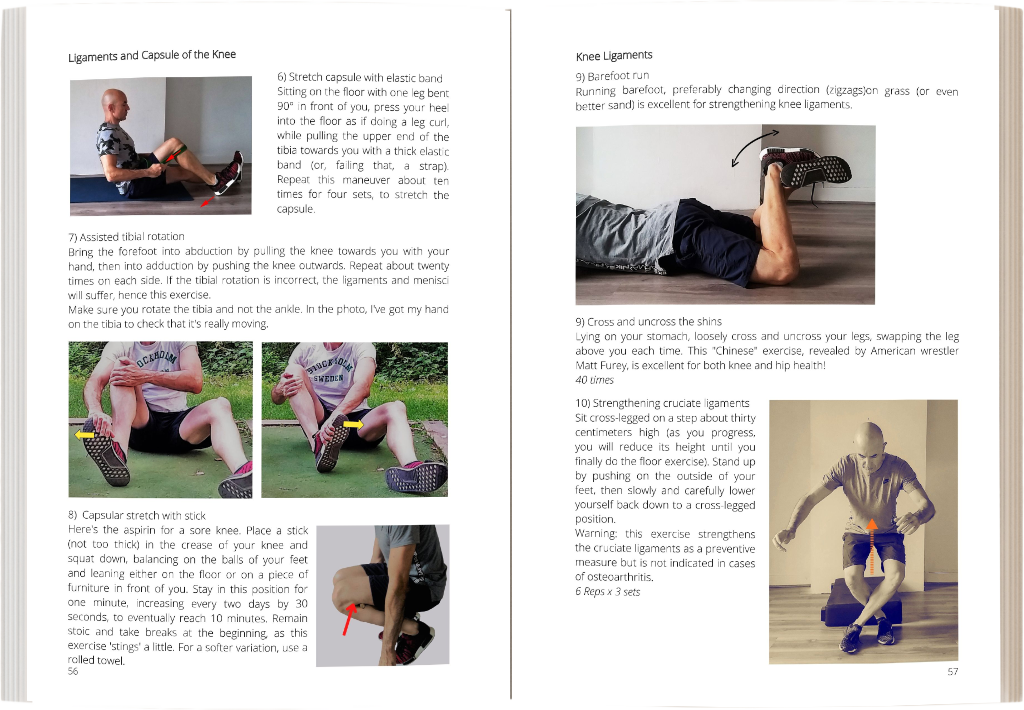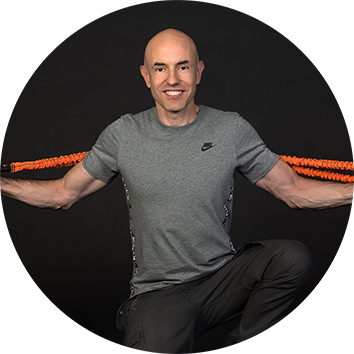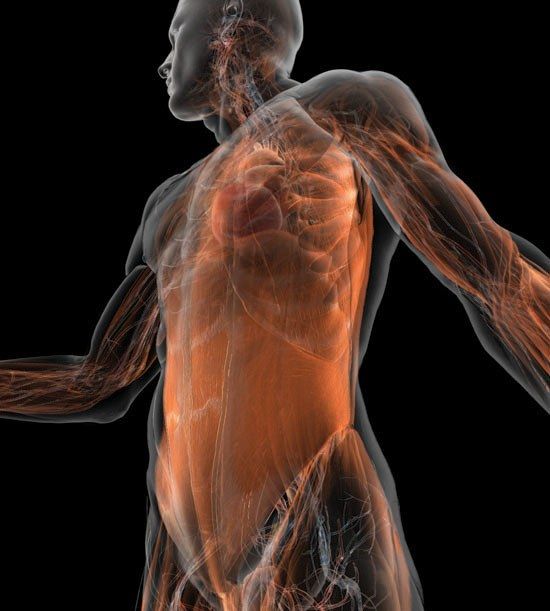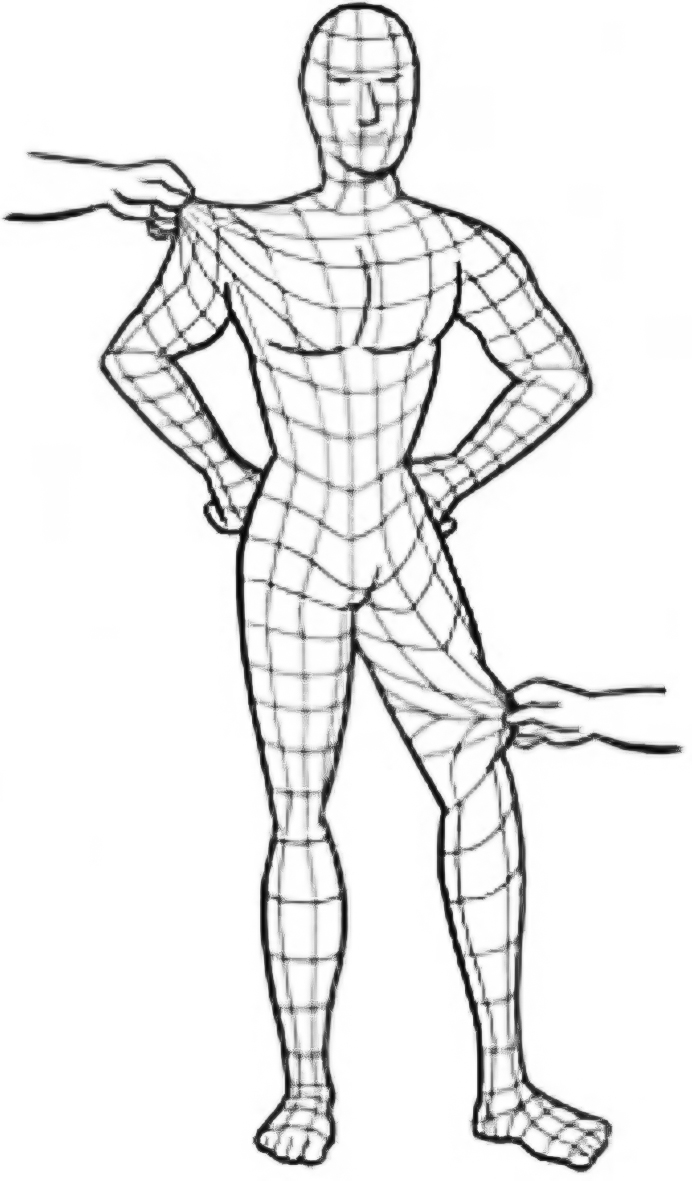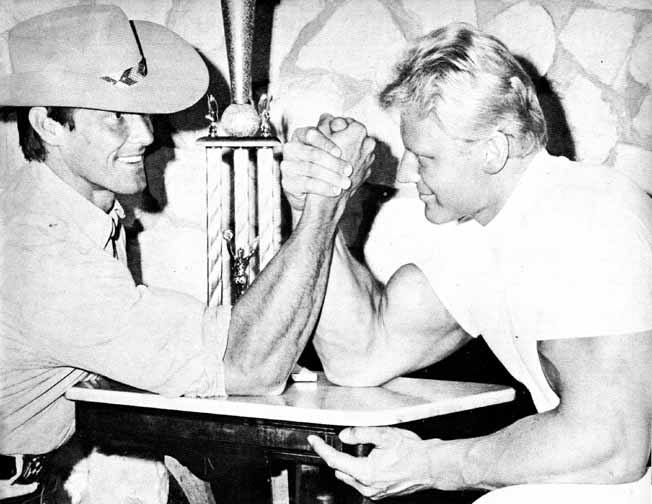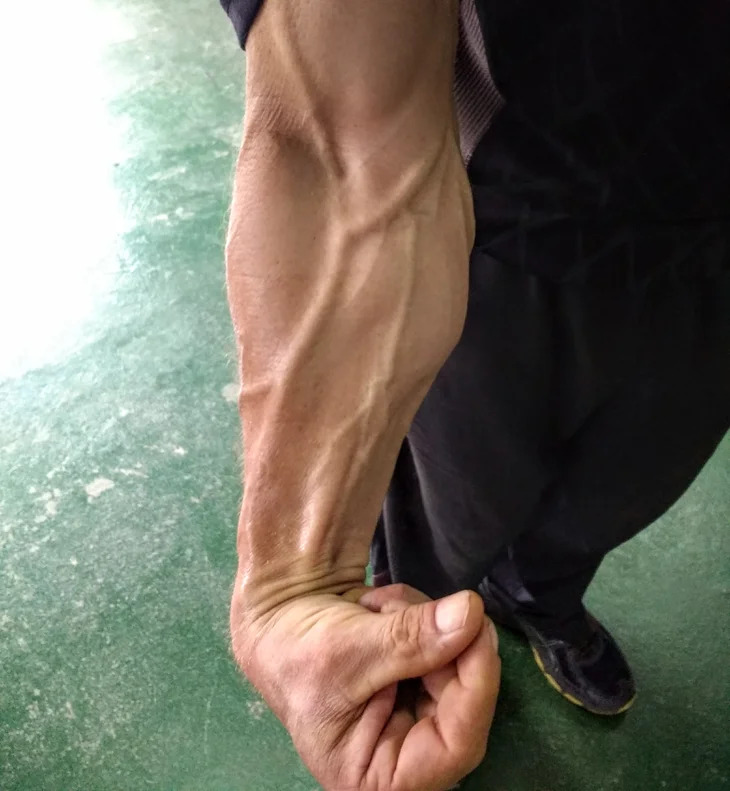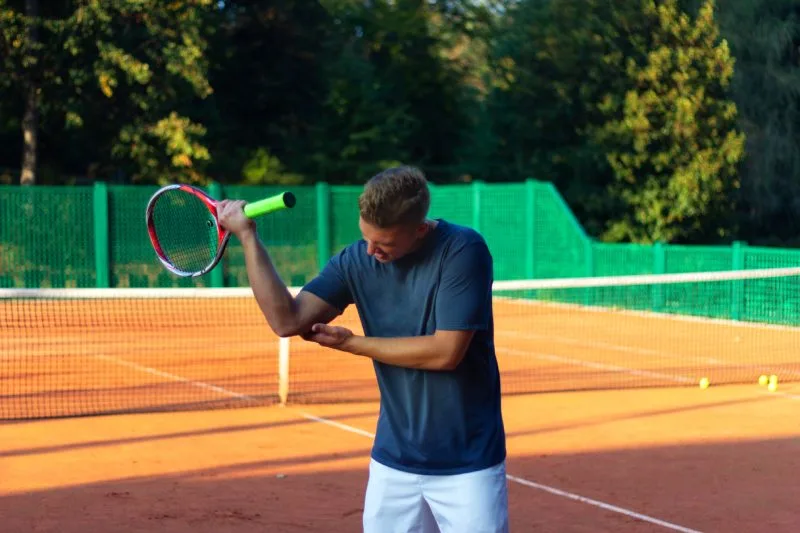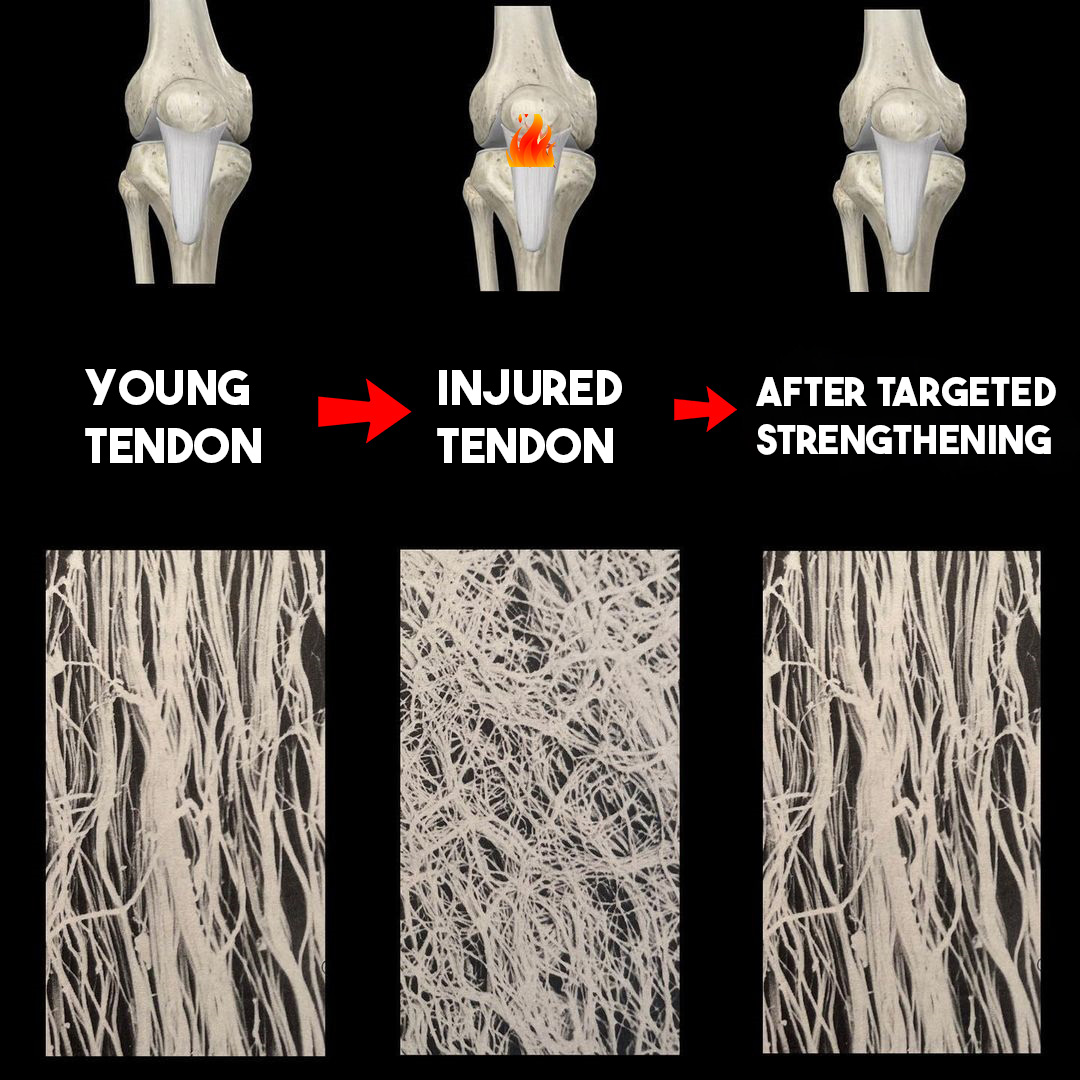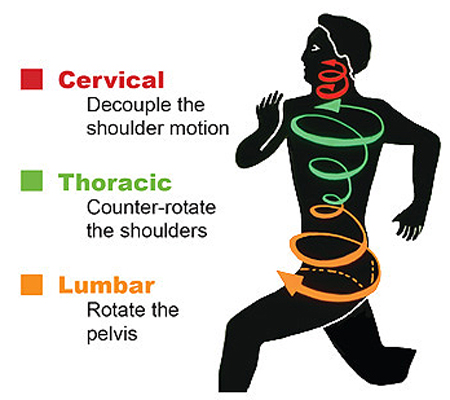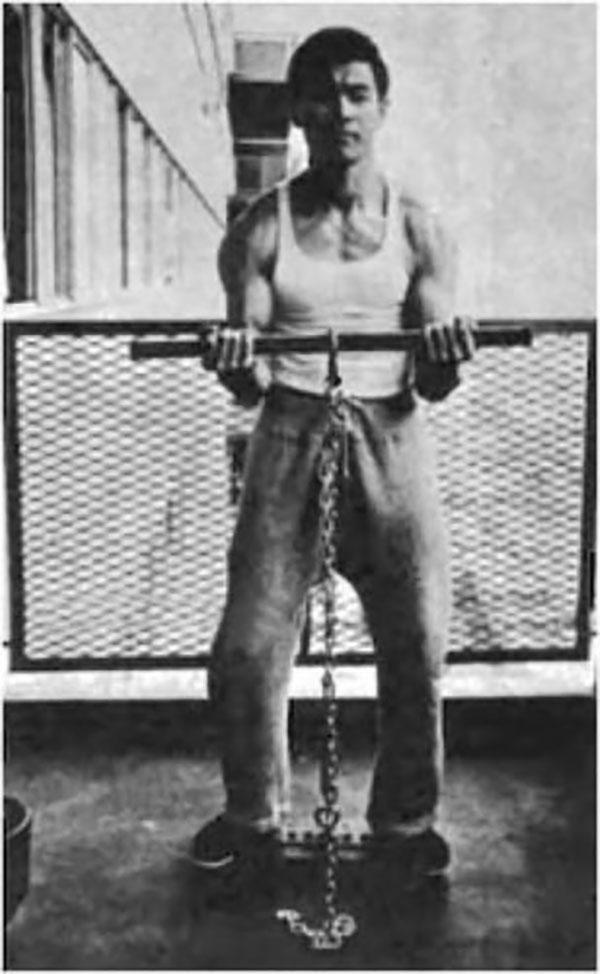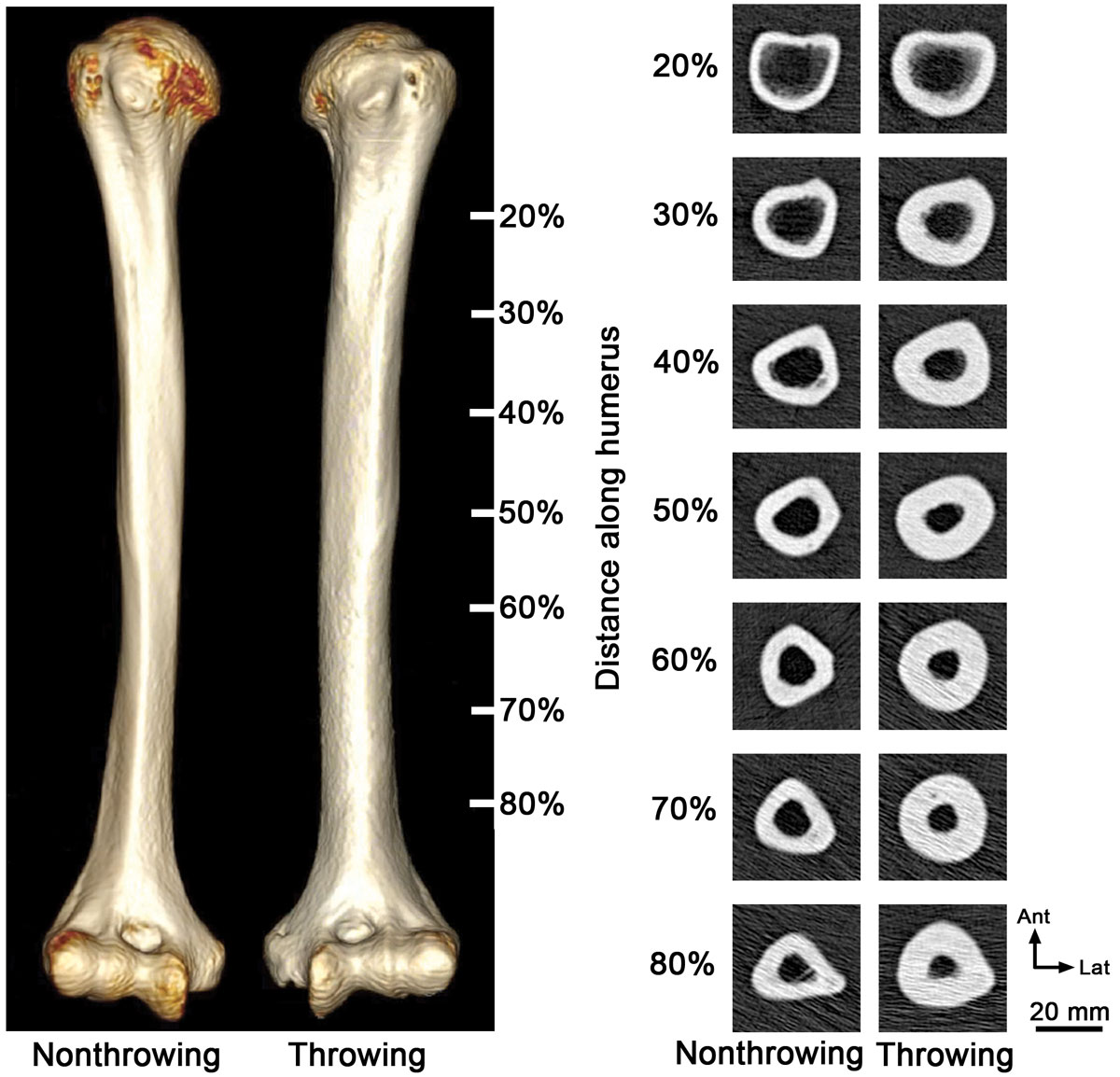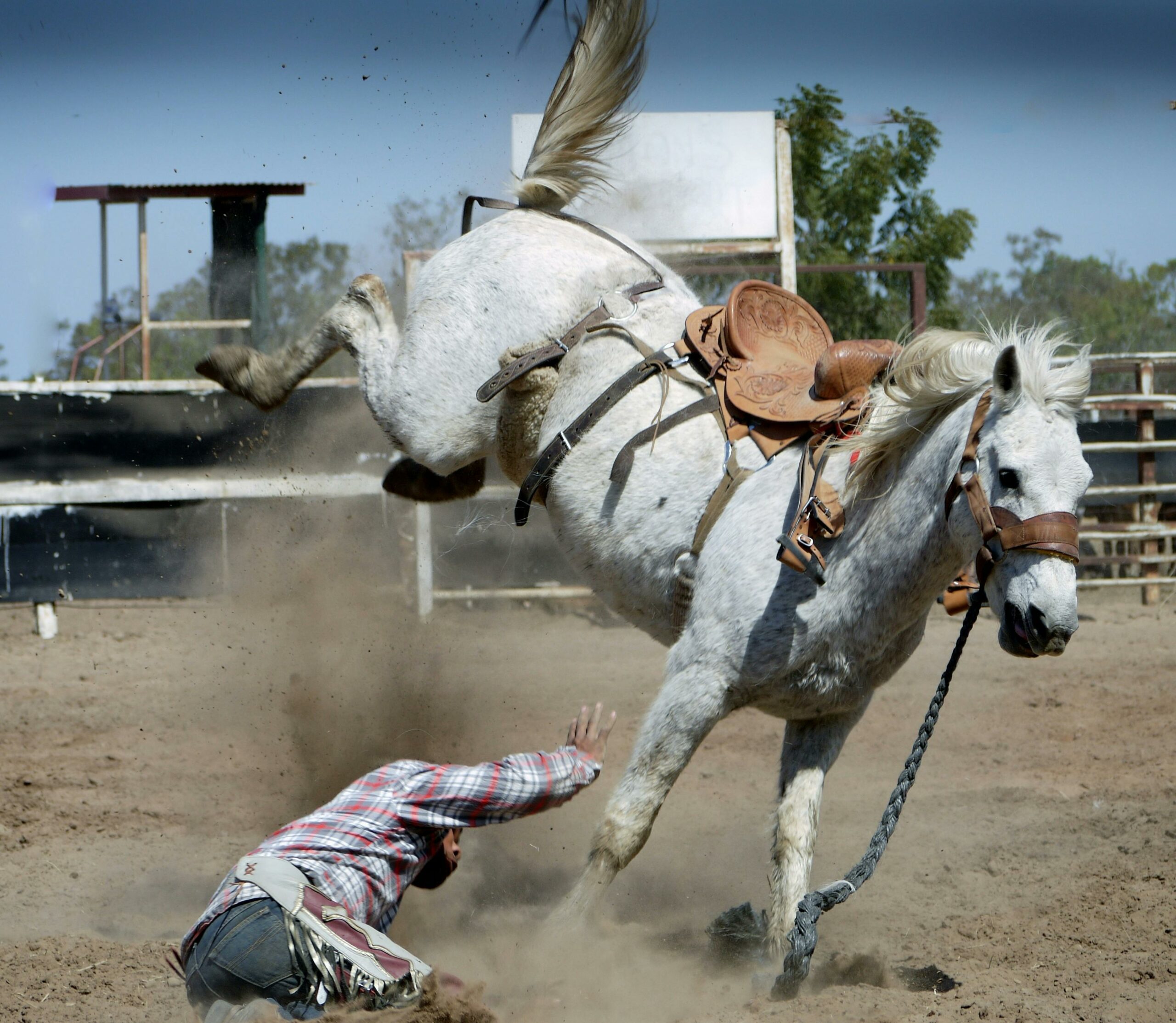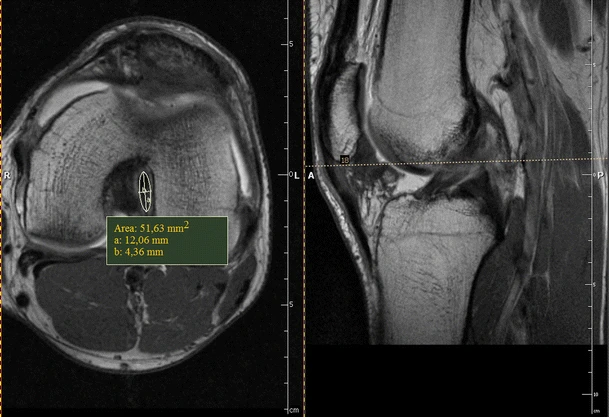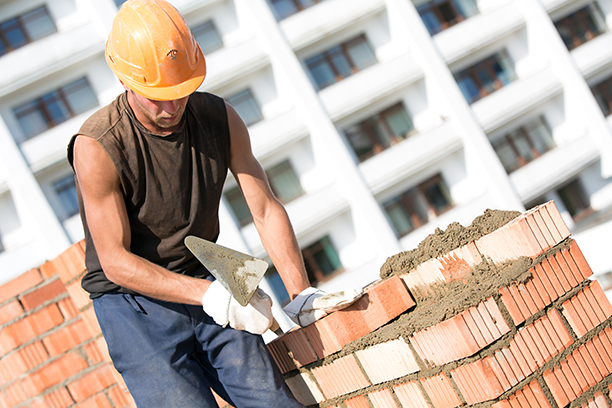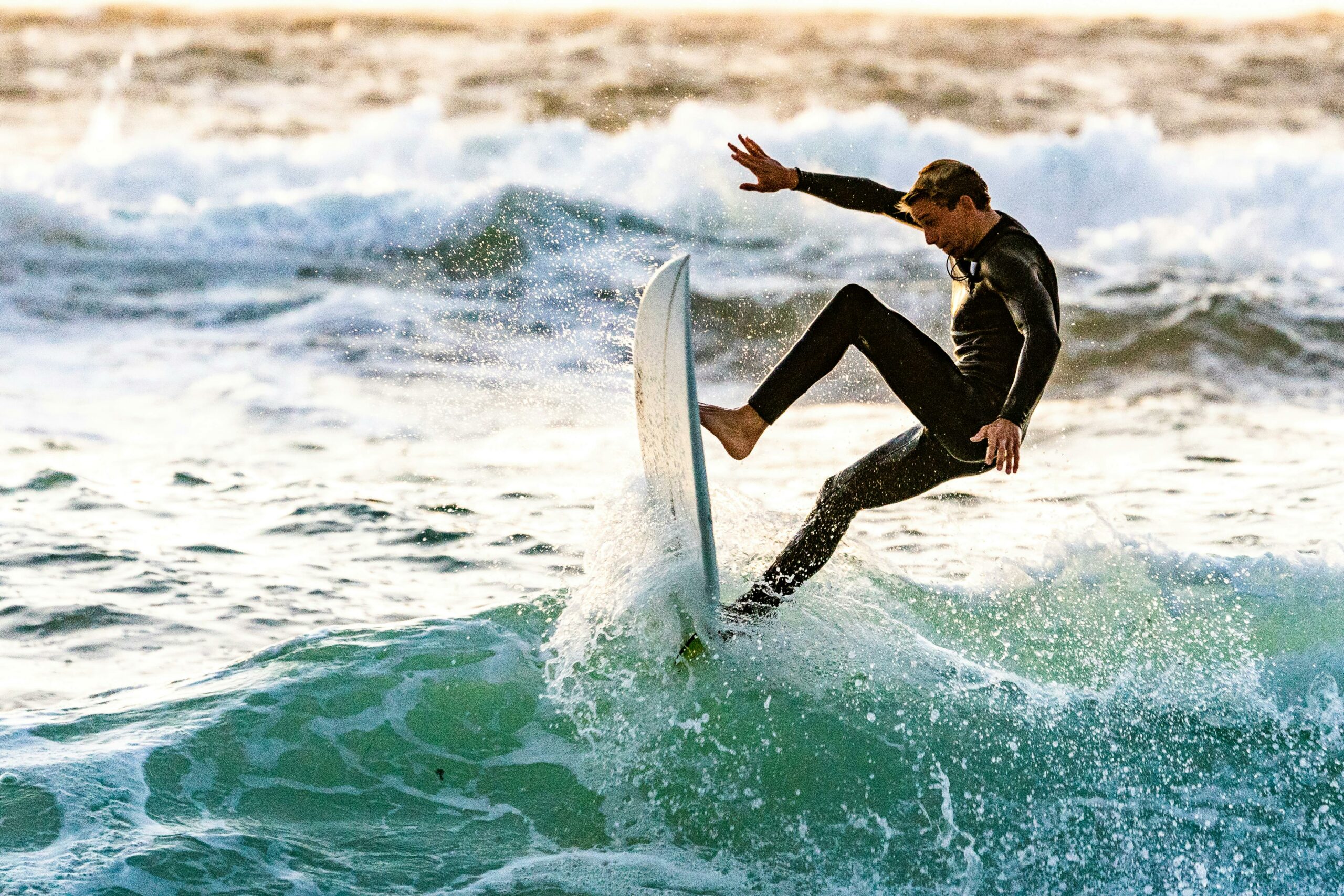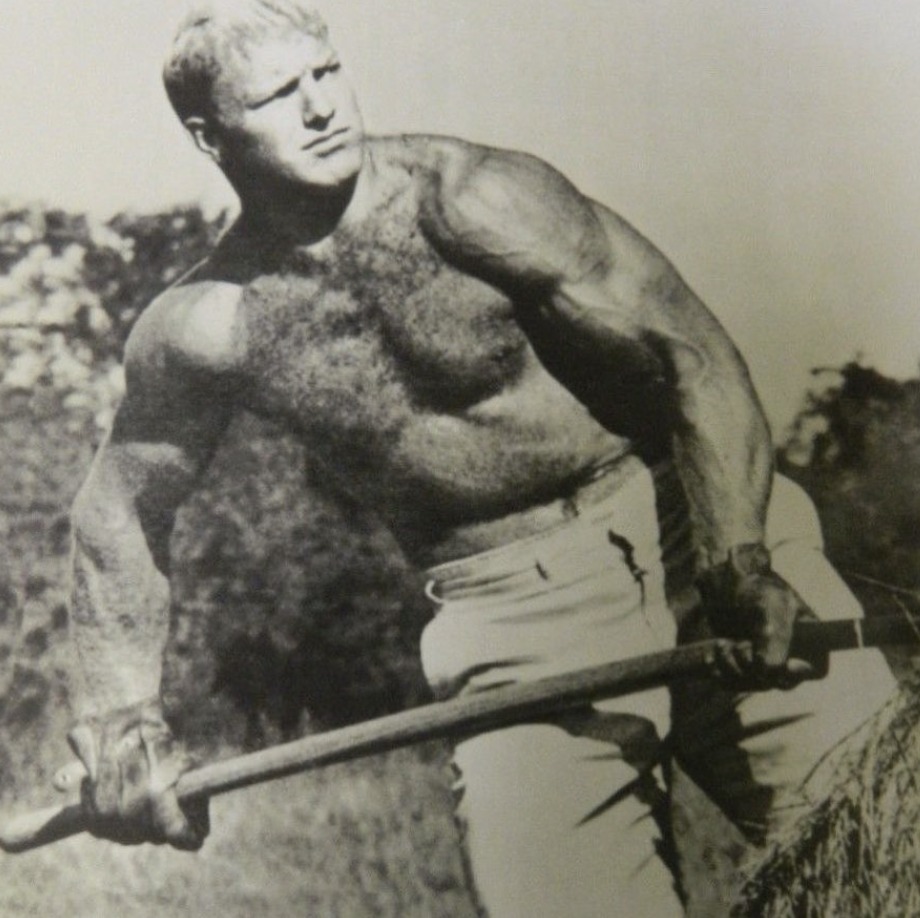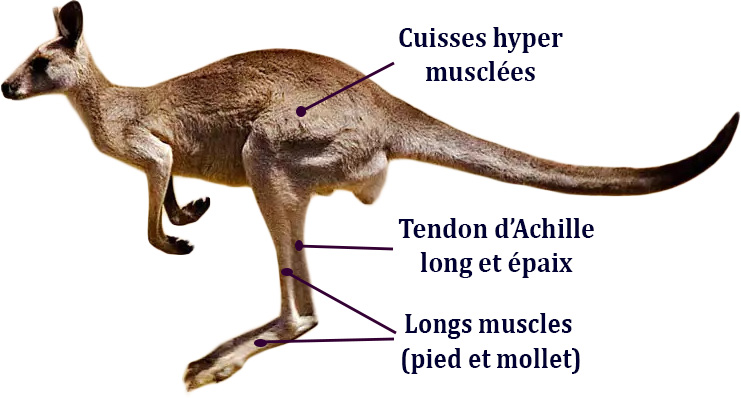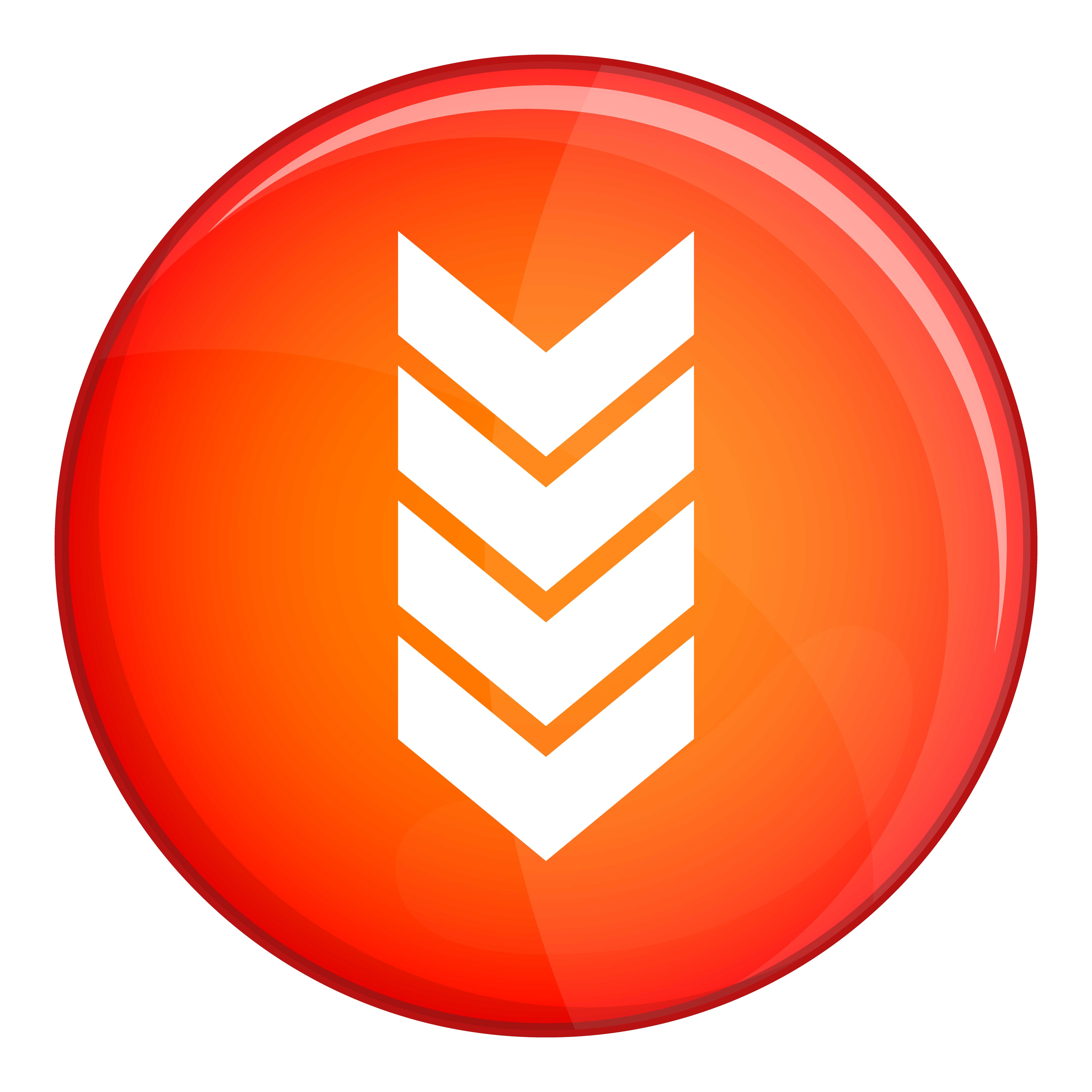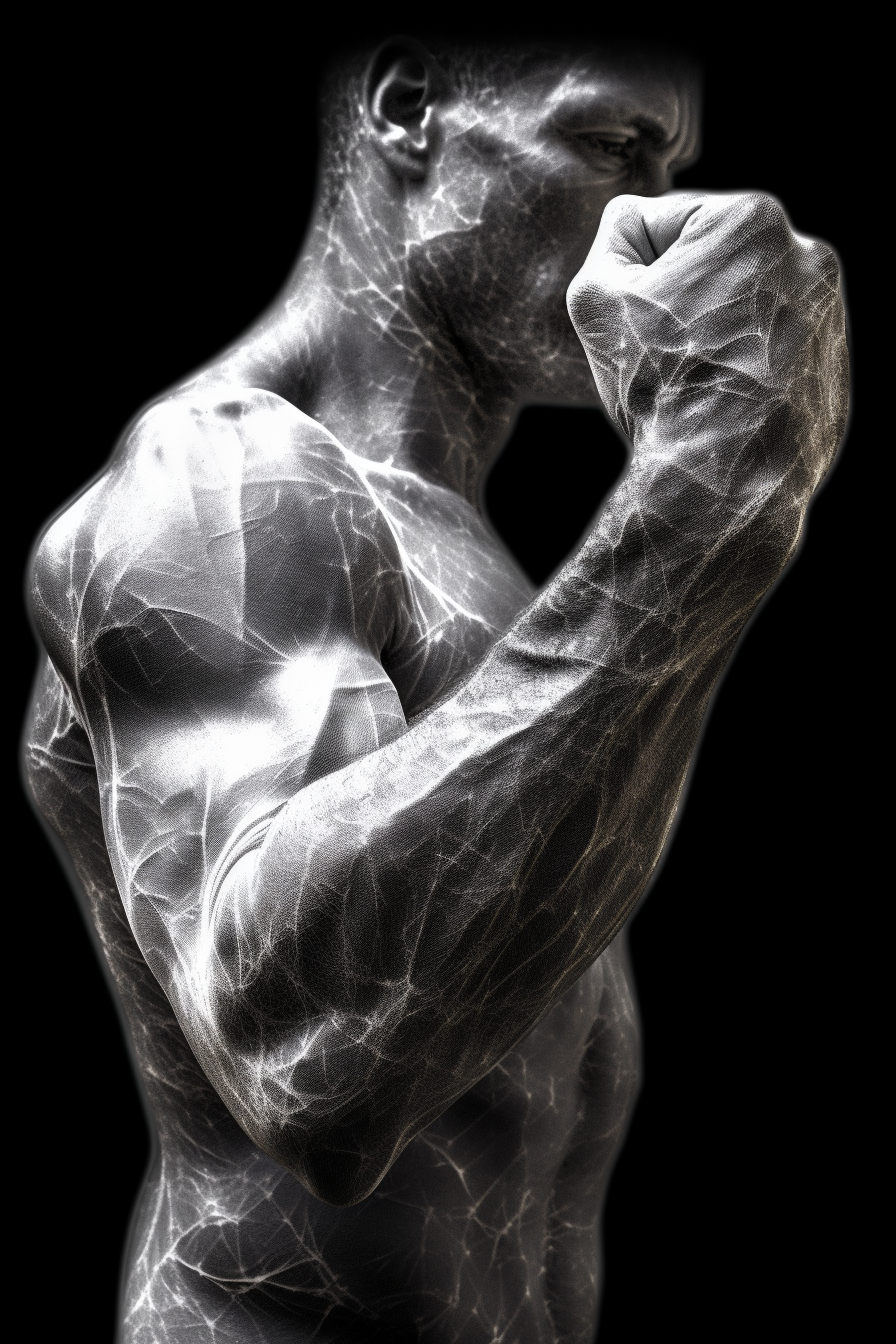If you’re reading this, it’s likely because you are deeply committed to an intense physical practice—whether it’s sports, dance, manual labor, mastering a musical instrument, or simply a demanding daily activity.
Despite the meticulous care you invest, you might have encountered minor injuries initially, which then evolved into more persistent pains, eventually forcing you to pause your practice.
Perhaps you've noticed that some of these pains are particularly stubborn, reappearing years later and lingering throughout your life. This is often the case with tendons and ligaments, which have limited blood supply.
If this resonates with you, my friend, your journey is similar to mine.
Between the ages of 16 and 25, I engaged in around fifty different sports, including karate, rollerblading (both slalom and acrobatics), and weightlifting.
While weightlifting initially strengthened me, over time, it ended up weakening me due to its compressive impact on the joints, leading to micro-injuries and tendon-related issues, and gradually diminishing my body's elasticity.
When I realized that after more than a decade of training, my body was increasingly painful, that I struggled to stand for long periods, run, or move heavy objects, I regretted the hours spent at the gym. This marked the beginning of my quest for alternative solutions for comprehensive physical development.
Even impeccable technique doesn’t always guarantee to prevent injuries; we all know individuals who train recklessly and remain injury-free while others, striving to adopt flawless technique, sometimes get injured. While genetics certainly plays a role, and some are born with naturally resilient tissues, I have good news: you can also develop this resilience through targeted training.
The careers of athletes such as Venus Williams, Tiger Woods, Kobe Bryant have been marked by a series of injuries, whereas others like LeBron James, Tom Brady, and Kelly Slater have only experienced minor injuries despite the intensity of their sports. What explains this disparity? In a word: fasciae. The better the quality of your fascia, the less you get injured.

